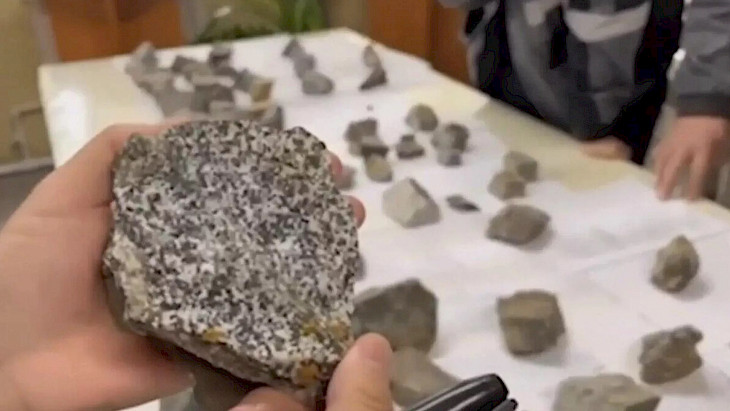In Kazakhstan, the Kuirektykol deposit may contain up to 28.2 million tons of rare earth metals - more than three times higher than the initial estimates of April 2025, said Alibek Aldeney, Deputy Head of the Karaganda Region, according to Sputnik Kazakhstan.
The new discovery strengthens Kazakhstan’s position as one of the key players in the global market for critical resources needed in the production of high technology, electronics, and defense industries.
Experts note that the Karaganda deposit confirms Central Asia’s status as one of the world’s major centers of rare earth metal concentration. According to geological surveys, the region - including Kazakhstan, Uzbekistan, Kyrgyzstan, Tajikistan, and Turkmenistan - accounts for about 15–18% of global reserves.
The growing interest in Central Asia from the United States, China, and the European Union is linked to efforts to diversify supply chains and reduce dependence on China, which currently controls 73% of global production.
For the United States, this factor is particularly important: the country imports 60–65% of its rare earth metals from China. Therefore, Central Asian deposits are becoming a strategic asset in geopolitical competition. In this context, projects such as the U.S. “Trump Route” initiative through the Syunik corridor via Armenia to the South Caucasus are viewed as attempts to secure alternative access to the region’s rare earth resources.
CentralasianLIGHT.org
September 6, 2025

